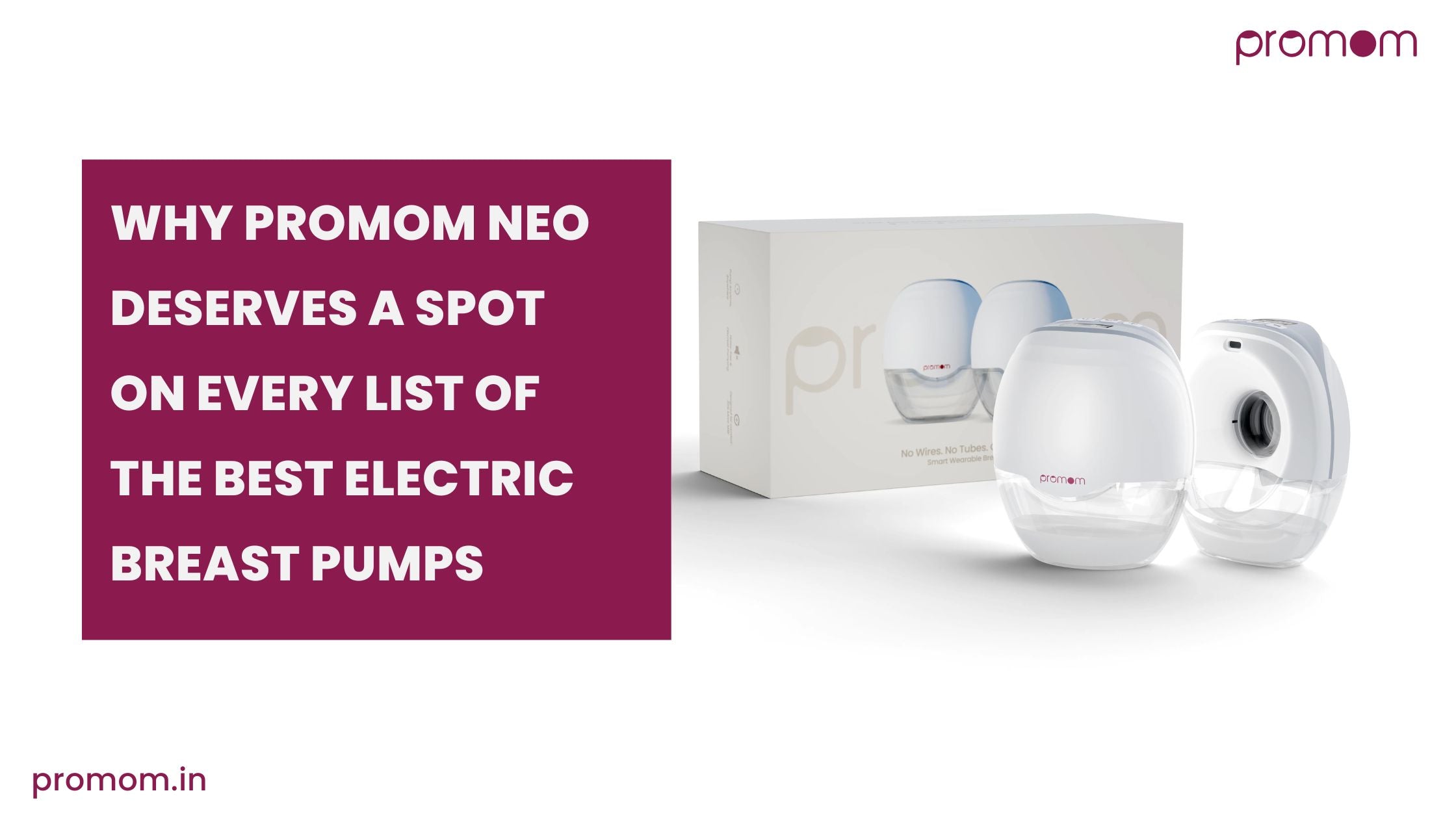
Milk Bottle Sterilizer Myths: Debunking Common Misconceptions
Parents strive to maintain clean baby bottles, but multiple myths exist regarding the use of milk bottle sterilizers. The practice of using soap water or one-time sterilization remains a point of disagreement between various parents. The misconceptions result in unhygienic bottle usage that elevates the chances of baby infections.
A milk bottle sterilizer is a device that eliminates harmful bacteria to maintain feeding safety. Parents who want to maintain germ-free bottles for their baby should understand proper sanitization facts. This article explores misconceptions about bottle sterilization and emphasizes its crucial significance.
Myth 1: Washing with Soap and Water is Enough
A large number of parents use soap and water to clean their bottles, which they believe is sufficient for disinfection. The cleaning process removes milk residue and surface dirt yet fails to kill harmful bacteria.
Sterilizers eliminate all pathogens during disinfection through automated processes that stay free from pollution threats. Regular usage of a milk bottle sterilizer will protect your baby's feeding supplies by eliminating all types of germs.
Myth 2: Sterilizing Once is Enough
Many people believe bottle items need sterilization only once after they buy them. Bottle sterilization needs to be done frequently because infants under six months have an immature immune system. The amount of bacteria present increases with time even when bottles get washed often.
Infant care depends heavily on proper sterilization methods because this practice minimizes infection risks. Milk bottle sterilizers enable parents to have both convenience and serenity in their lives.
Myth 3: Boiling Water is Just as Effective
Traditional bottle water boiling serves as a standard procedure, yet it proves inferior to sterilization with a dedicated milk bottle device. The time-intensive boiler process needs continuous monitoring while simultaneously showing limited bacteria elimination results. Boiling water repeatedly will break down plastic containers and render them uncompleting for sanitation purposes.
Milk bottle sterilizers allow users to manage sterilization temperature ideally to kill germs effectively alongside protecting their bottles. Modern steam and UV sterilizers excel at eradicating all forms of germs while rendering the sterilization process easier than traditional boiling procedures.
Myth 4: Sterilizers are Only for Milk Bottles
Several parents believe milk bottle sterilizers function exclusively to sanitize baby bottles. Milk bottle sterilizers possess the ability to clean both pacifiers and teethers and parts from breast pumps along with little toys.
The milk bottle sterilizer creates a barrier against germs, protecting all baby feeding equipment from infections. A sterilizer proves to be an efficient equipment choice for sanitizing various baby tools all at once. Sterilizers provide essential functionality as they serve all parents who want to handle baby hygiene easily.
Myth 5: Sterilizing Bottles is Not Necessary if Using Formula or Breast Milk
Parents who feed their babies with breast milk or formula may avoid bottle sterilization according to their belief. The remaining materials from these two sources serve as food for bacterial germs to multiply.
Using a milk bottle sterilizer enables complete disinfection that prevents any possible risks. Babies have a safe feeding experience with formula or breast milk when bottles undergo regular sterilization procedures.
Myth 6: UV Sterilizers Are Harmful
Many parents fear UV sterilizers because they believe these devices produce dangerous radiation. There are no safety issues when operating UV sterilization properly. Ultraviolet light operates in UV sterilizers to kill bacteria as an effective sterilizing method that avoids both heat and chemical usage.
The use of UV sterilizers offers both energy efficiency and eliminates the need for water. The technology provides a dependable approach to sanitizing milk containers alongside other items for baby use. The UV technology equipped in milk bottle sterilizers presents parents with a safe.
Why Should You Choose a Milk Bottle Sterilizer?
Buying a milk bottle sterilizer stands as the best parent decision to protect a baby's feeding tools from germs. Infant care requires a sterilizer because of its essential features.
1. Convenience
The device functions more efficiently than boiling alone for sterilization tasks. By choosing automatic sterilization methods, parents no longer need to watch boiling water for continuous supervision. The pressing of one button enables fast and efficient sterilization for bottles.
2. Efficiency
A milk bottle sterilizer removes 99.9% of dangerous bacteria through complete disinfection. By contrast to soap-and-water cleaning that generates remaining residues, sterilizers attain thorough cleaning, which sustains hygiene.
3. Versatility
You can sanitize pacifiers along with teethers, small toys, and breast pump parts by using a sterilizer system. These devices establish themselves as essential tools for sustaining complete infant hygiene practices.
4. Safety
Babies stay infection-free when a milk bottle sterilizer defends them from dangerous bacteria. It also stops disease-causing microorganisms while guaranteeing their food safety.
Final Thoughts
The successful sterilization of baby bottles stands as an essential practice that protects both hygiene standards and avoids potential infections. Numerous parents adopt false beliefs about bottle care, which mistakenly include simple soap water cleaning or single sterilization sessions. Your baby's health remains at risk despite the presence of persistent harmful bacteria.
A milk bottle sterilizer enables parents to achieve both safety and effectiveness and convenience when removing germs during feeding sessions. Promom delivers superior sterilization solutions that simplify the process so you can feel secure about your choices.


